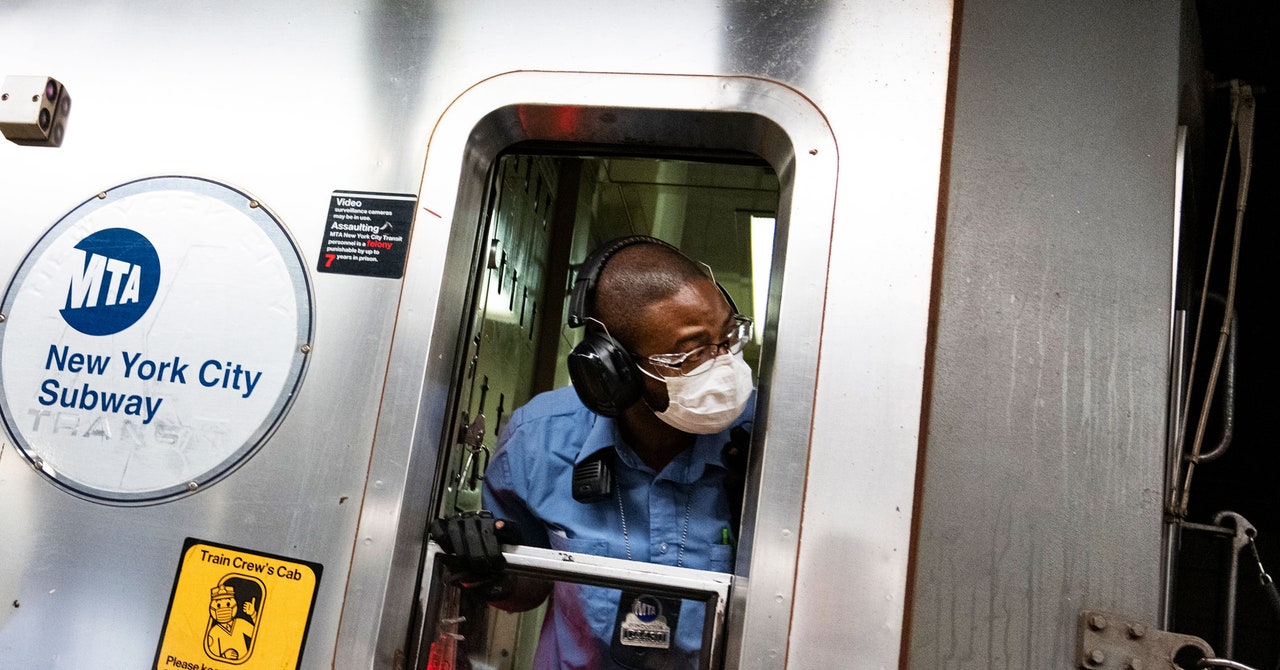
At this point, it’s too early to say there’s a massive wave of infections building—but the hospitalization data is enough to pique the attention of epidemiologists and public health experts. Although case and hospitalization numbers are still relatively low, the virus does kill hundreds of people in the US each week. And as of early 2023, it had left an estimated one in 10 survivors fighting long Covid, which can include persistent health issues like breathlessness and brain fog.
There could be a few reasons for the current uptick in cases, waning immunity among them. Just around 17 percent of the US population has received bivalent vaccines, which became widely available in the fall of 2022 and are meant to offer better protection against Omicron variants. With lower case numbers over the past few months and many people not receiving a booster shot in 2023, immunity from vaccinations and prior infections could be decreasing, making more people susceptible to the virus, says Sam Scarpino, director of AI and life sciences at the Institute for Experiential AI at Northeastern University.
Experts guessed that Covid-19 would become seasonal, peaking in the fall and winter like the flu and the common cold, but other factors have kept the virus around in warmer months. “It’s true that you have cyclical patterns for most of these respiratory diseases,” Scarpino says. “I don’t think it’s really well understood what drives those.”
There could be some particular factors at play this year. Much of the US is enduring a suffocating summer. Wildfire smoke from Canada has engulfed the East Coast and Midwest, and exposure to the particulate pollution that comes with the smoke may weaken the immune system. Those were the findings of a 2021 study: In 2020, parts of California, Oregon, and Washington that experienced wildfire smoke saw excess Covid-19 cases and deaths. Meanwhile, dangerously high temperatures are keeping people indoors in the southern part of the US, and as a respiratory virus, SARS-CoV-2 spreads most easily indoors. People also traveled at record rates during the summer’s early months, which meant more opportunities for Covid to spread. But it’s not yet clear whether one, all, or none of these factors may be driving infections.
Genomic sequencing from the CDC shows that, as of June, offshoots of the Omicron variant are responsible for all of Covid-19 cases in the US. “On one hand, this is a good sign,” says Jetelina. “We can hopefully predict where SARS-CoV-2 is going.” That’s helpful for formulating updated coronavirus vaccinations. But it’s not certain that the virus’s evolution will continue down this Omicron path. In May, experts estimated the possibility of a highly mutated variant of concern arising during the next two years at about 20 percent.
In June, the US Food and Drug Administration recommended the development of an updated Covid-19 shot, preferring a formula that would target the XBB.1.5 Omicron variant. The FDA may authorize such a shot by the end of the month. But it’s hard to know whether people will be eager to get a fifth or sixth vaccine—pandemic fatigue, distrust of public health officials, and an overall return to normal life left many unenthused about last year’s booster and contributed to the low uptake rates. And while the US government previously bought doses directly and helped distribute them for free, the distribution of vaccines is now expected to move to the private sector.
Officials are unlikely to roll out wide-ranging restrictions on masking and social distancing—and barring a threatening new subvariant or a massive peak in cases, people are unlikely to change their behaviors after living alongside the virus for more than three years. It’s too soon to know whether the latest Covid-19 cases are a blip or a big wave. But as the dog days of summer linger, Covid is hanging around too.

